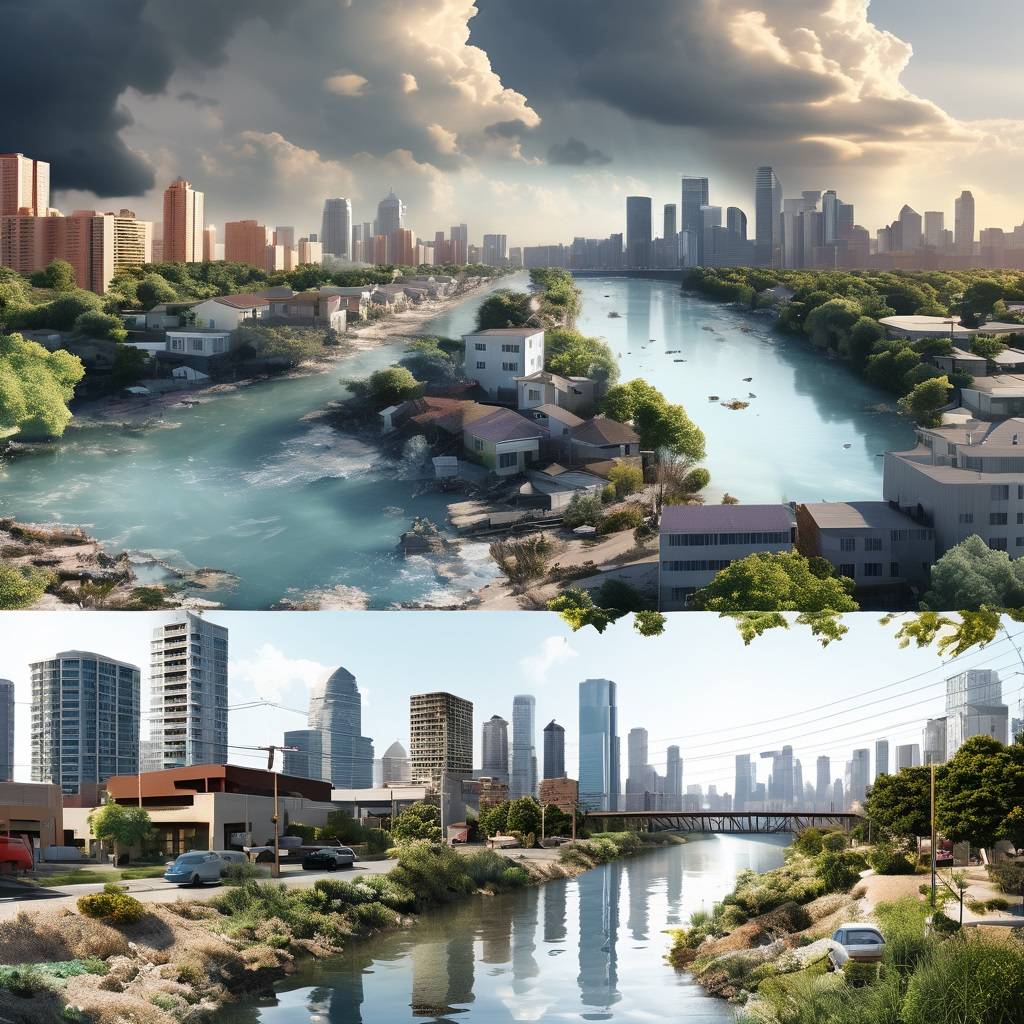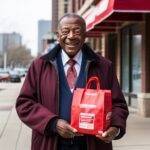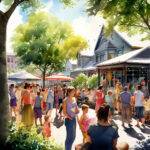In the early hours of Tuesday, tragedy struck in Chicago’s Kenwood neighborhood as a 40-year-old man fell victim to gun violence. The incident, which occurred around 12:43 a.m. in the 1100 block of East 47th Street, resulted in the victim sustaining a fatal gunshot wound to the head. Despite efforts to save him, he was pronounced dead after being transported to the University of Chicago Medical Center. The Cook County medical examiner’s office has yet to release the victim’s identity, and the circumstances surrounding the shooting remain unclear.
Escalating Violence: A Persistent Issue
Unfortunately, this incident adds to the troubling trend of gun violence plaguing the city of Chicago. According to data from 2021, Chicago witnessed a significant increase in gun-related crimes compared to previous years. The city reported over 770 homicides, marking a 55% surge from the previous year. Moreover, shootings soared by 47%, with more than 3,550 incidents recorded. These alarming statistics underscore the urgent need for comprehensive measures to address the root causes of violence in Chicago’s communities.
Community Impact and Response
The repercussions of gun violence extend far beyond the immediate victims, affecting families, neighborhoods, and the wider community. Incidents like the one in Kenwood evoke fear and trauma among residents, further exacerbating existing challenges such as poverty, unemployment, and lack of access to mental health resources. Community leaders, activists, and local organizations continue to advocate for solutions that prioritize prevention, intervention, and support services for those impacted by violence.
Law Enforcement Efforts and Challenges
In the wake of such tragedies, law enforcement agencies, including the Chicago Police Department (CPD), face immense pressure to apprehend perpetrators and prevent future violence. However, the complexities of urban policing, including strained relationships with communities, limited resources, and systemic issues, present significant challenges. Despite ongoing investigations and collaborative efforts between law enforcement and community stakeholders, achieving lasting reductions in gun violence requires a multifaceted approach addressing underlying socioeconomic factors and investing in community-based initiatives.
Building Safer Communities: A Call to Action
As Chicago grapples with the scourge of gun violence, it is crucial for stakeholders at all levels – from government officials to grassroots organizations – to prioritize strategies aimed at building safer and more resilient communities. This includes investing in education, economic development, mental health services, and conflict resolution programs tailored to address the unique needs of each neighborhood. Additionally, fostering trust and cooperation between law enforcement and the community is essential for implementing effective crime prevention measures and promoting accountability.
Promoting Peace and Healing
In the face of adversity, communities affected by gun violence demonstrate remarkable resilience and solidarity. Through collective action and support networks, they strive to heal, rebuild, and advocate for justice. Beyond immediate responses to incidents, sustained efforts to address the underlying factors driving violence are paramount for achieving lasting peace and safety. By working together and amplifying the voices of those most impacted, Chicago can move closer to realizing its vision of a city where every resident can live free from the fear of gun violence.
A Call for Comprehensive Solutions
In conclusion, the tragic shooting in Kenwood serves as a sobering reminder of the urgent need to confront and address the root causes of gun violence in Chicago. While law enforcement plays a crucial role in maintaining public safety, lasting solutions require a holistic approach that prioritizes community empowerment, social services, and proactive intervention strategies. By investing in prevention and rehabilitation rather than solely focusing on enforcement, Chicago can work towards building a future where every individual can thrive in peace and security.









Leave a Reply